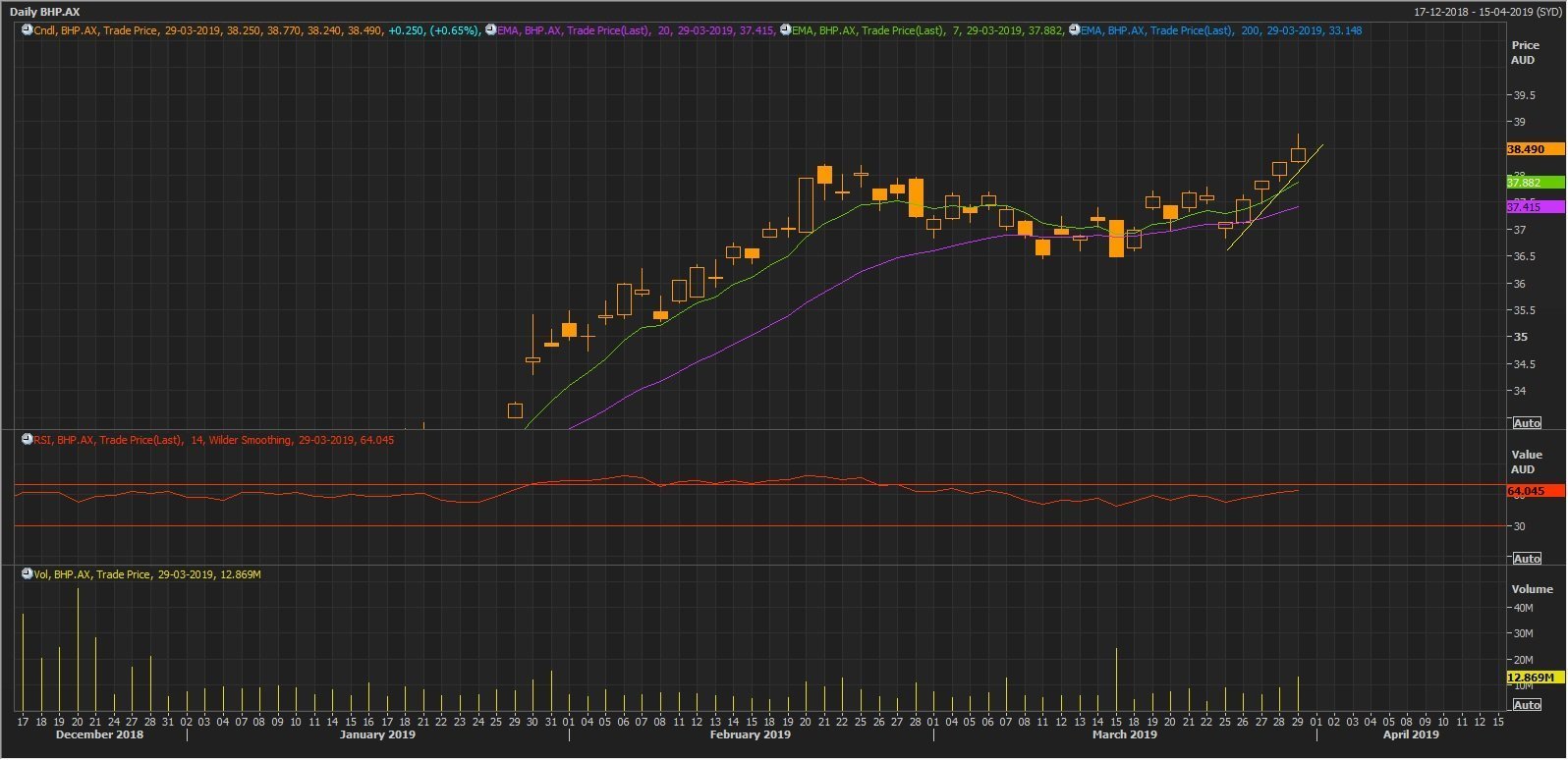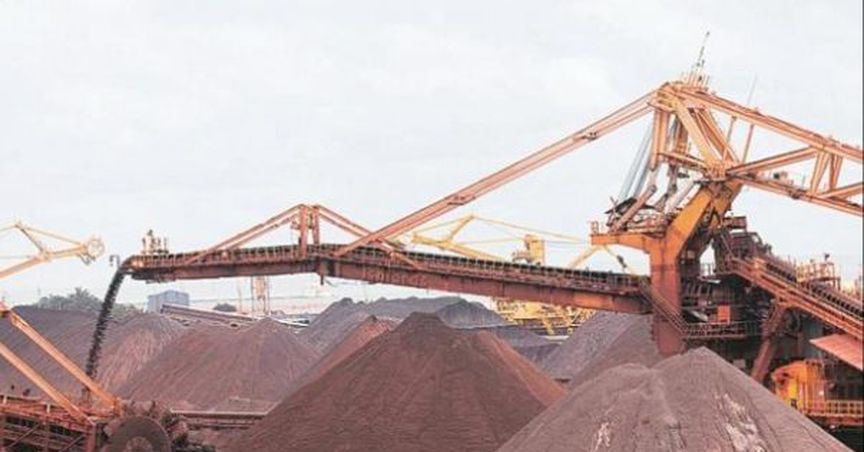Iron ore prices spiked, with Dalian Commodity Exchange (DCE) Iron Ore 62% Fe surging and marking a closing of RMB 632 (as on 29th March), up by 4.12% as compared to its previous close. The rise in Iron ore prices was mainly led by a decrease in the domestic inventory levels across 35 ports in China and high steel prices across the domestic market.
The fall in iron ore inventory combined with high steel prices supported the prices.
The Steel Hot-rolled-coil (HRC) in the China domestic market closed at RMB 3880 (as on 29th March), up by 1.84% as compared to its previous close. Similarly, the Steel Rebar prices closed on RMB 3950 (as on 29th March), up by 0.82% form as compared to its previous close.
The Iron Ore Inventory across the 35 ports fell by 0.79% and marked a closing of 135.75 million tonnes (as on 29th March 2019), which marked a decline in inventories level by 1.08 million tonnes.
The shrinkage in port stocks marked less import of iron ore on account of stringent import policy adopted by China. This supply shortage supported the iron ore prices.
However, daily average deliveries from the ports decreased to 2.48 million metric tonnes for the week ended (29th March), which marked a decline by 179,000 metric tonnes as compared to last week. The fall in delivery from the ports was due to the temporary suspension of mills activity in China.
Tangshanâs extended the suspension on sintering till 25th March to 27th March, which in turn decreased the delivery from Jingtang port by approx. 100,000 metric tonnes, which exerted slight pressure on iron ore prices previously.
However, Handan lifted its pollution alert on 26th March, which prompted mills in Wuan and central China to resume the production and procure the steel-making raw material.
The procurement from these mills coupled with falling inventory across the 35 ports in China supported the iron ore prices.
The Chinese mills, as expected by the market participants, are to procure more raw material in the coming weeks as the suspension reaches the deadline of April. The lifting of suspension bans in Handan further boosted the confidence of Chinese domestic mills over the possibility of ban lift in April and led the mills to procure more, which in turn supported the iron ore prices.
The rise in iron ore prices catapulted the iron ore miners on the Australian Stock Exchange (ASX).
BHP Billiton (ASX: BHP) rose till A$38.770, after registering an opening of A$38.250. The prices moved in an uptrend during the day session to mark the respective high of the day, albeit, the prices corrected slightly to mark a close of A$38.490 (as on 29th March), up by 0.65% as compared to its previous close.
BHP on charts:
 Source: Thomson Reuters: BHP Daily Chart
Source: Thomson Reuters: BHP Daily Chart
Following the development on a daily chart, it can be seen that the prices are moving in an uptrend and the prices are currently above both short-term 7-days exponential moving average, which is at A$37.882 and medium-term 20-days exponential moving average, which is at A$37.415. The Relative Strength Index for 14-days period is well above its mean of 50 and is currently at 64.045.
BHP shares spiked today with ample volume, and the total volume was at 12.869 million on 29th March as compared to 8.912 million on 28th March. The prices currently breached its range hurdle of A$38.200.
Disclaimer
This website is a service of Kalkine Media Pty. Ltd. A.C.N. 629 651 672. The website has been prepared for informational purposes only and is not intended to be used as a complete source of information on any particular company. Kalkine Media does not in any way endorse or recommend individuals, products or services that may be discussed on this site. Our publications are NOT a solicitation or recommendation to buy, sell or hold. We are neither licensed nor qualified to provide investment advice.



